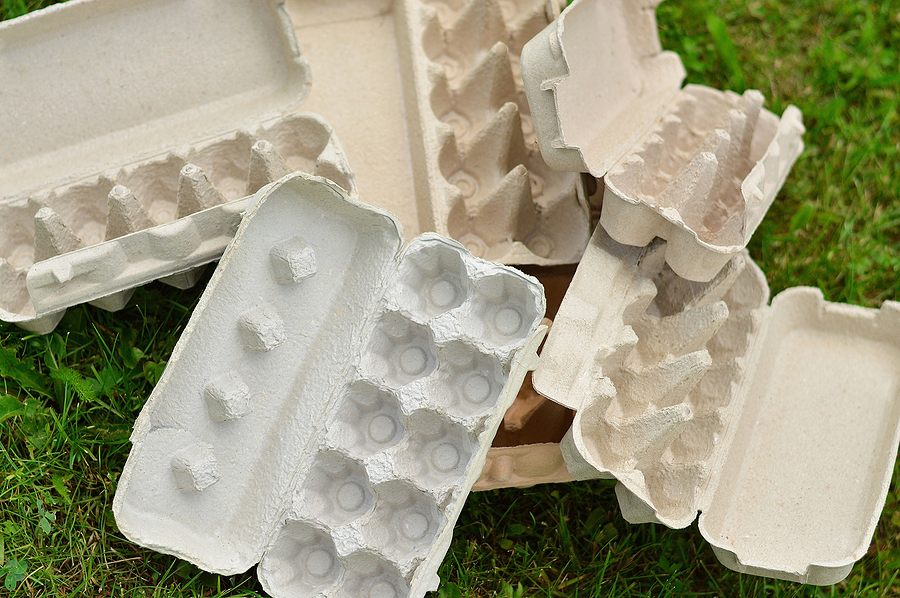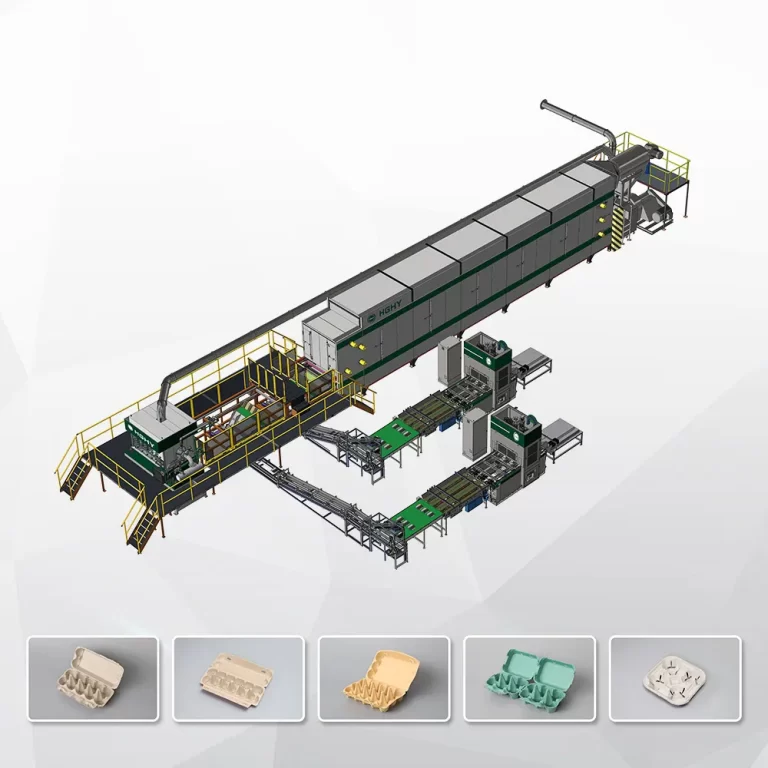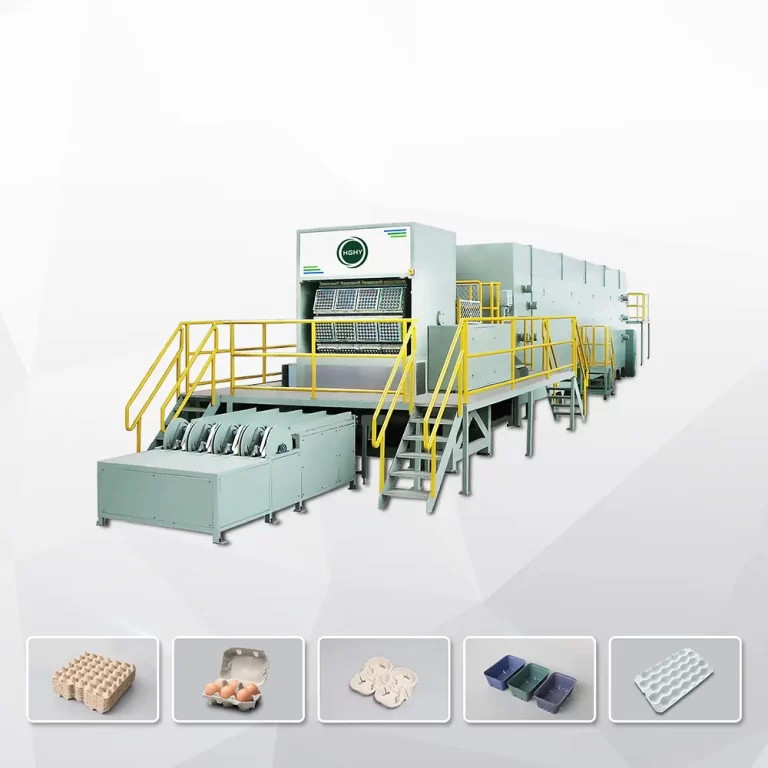With increasing environmental concerns and global restrictions on single-use plastics, the need for sustainable packaging solutions is stronger than ever. One innovative and eco-friendly approach is converting agricultural waste, such as sugarcane bagasse, wheat straw, and rice husks, into biodegradable egg trays through pulp molding technology.
This article explains how these agro-wastes can be transformed into practical, environmentally safe packaging products—especially egg trays—and outlines the process, benefits, and key considerations.

Why Use Agricultural Waste?
Agricultural residues like sugarcane bagasse (the fibrous byproduct left after juice extraction), wheat straw, and corn stalks are typically burned or discarded, contributing to pollution and greenhouse gas emissions.
By converting them into packaging, we:
- Reduce environmental waste
- Provide farmers with an additional income stream
- Minimize deforestation (no need for virgin wood pulp)
- Produce fully biodegradable and compostable products
Step-by-Step Process to Produce Egg Trays from Agro-Waste
- 1. Raw Material Collection & Preprocessing
Collect agricultural residues (bagasse, straw, etc.) - Dry the materials (to <10% moisture)
- Crush or grind them into smaller fibers
- Remove unwanted contaminants (sand, stones)
2. Pulping Process
Mix the ground fibers with water in a hydro-pulper
- Add optional additives (natural binders, anti-fungals, or pigments)
- Refine the pulp to ensure smooth, even texture
- Adjust concentration (typically 0.8%–1.2%) in a pulp tank
- 3. Molding
Feed the pulp to a pulp molding machine - Use vacuum suction to deposit fibers onto egg tray molds
- Excess water is removed through vacuum pressure
- Formed trays are soft (wet-form) and shaped but not yet dry
4. Drying
Wet trays are conveyed through a drying system (hot air tunnel or metal dryer)
- Drying removes moisture to ~10% content
- Fuel options: biomass (e.g., wood, husk), gas, diesel, electricity, or solar
5. Trimming & Packaging
- Dried trays are trimmed and quality-checked
- Optionally compressed for stacking
- Packaged for distribution
Ideal Countries for This Technology
This method is especially valuable in agriculture-rich regions where raw material is abundant and low-cost. Some ideal countries include:
| Country | Agricultural Waste Source | Reason |
|---|---|---|
| India | Wheat straw, sugarcane bagasse, paddy husk | Large-scale agriculture, rural employment potential |
| Brazil | Sugarcane bagasse | Major sugarcane producer, strong plastic ban policies |
| Thailand | Rice husks, sugarcane | High biomass availability |
| Vietnam | Wheat straw, rice straw | Developing sustainable packaging sector |
| Egypt | Wheat straw, date palm waste | Strong demand for biodegradable products |
| Philippines | Coconut husk, rice straw | Supports rural development and circular economy |
Investment Value
Investing in a molded pulp egg tray production line using agricultural waste is:
- Cost-effective (waste material is cheaper than wood pulp)
- Sustainable (low carbon footprint, reduces waste burning)
- Compliant (aligned with global anti-plastic regulations)
- Profitable (strong market for eco packaging, especially in food and agriculture)
- Typical ROI:
Medium-scale lines can recoup investment in 1.5–2.5 years - Low labor costs and low material costs improve margins
- Products can be sold locally or exported, especially in areas with plastic bans
Impact of Plastic Bans
With over 100+ countries introducing bans or heavy taxes on plastic packaging, businesses are urgently seeking plant-fiber-based alternatives. Molded pulp egg trays, made from renewable agri-waste, provide:
- A direct replacement for Styrofoam or plastic trays
- Improved branding for companies promoting eco-awareness
- A solution in line with ESG and circular economy principles
Key Benefits of Using Agro-Waste for Egg Tray Production
| Feature | Benefit |
|---|
| ♻️ Sustainable | 100% biodegradable, compostable |
| 💸 Cost-effective | Raw materials are cheap and locally available |
| 🔥 Pollution reduction | Reduces stubble burning and CO₂ emissions |
| 🧑🌾 Rural empowerment | Creates jobs in agricultural communities |
| 🌍 Market opportunity | High demand for plastic-free packaging worldwide |
Final Thoughts
The transformation of sugarcane bagasse and wheat straw into eco-friendly egg trays is more than just a trend—it’s a sustainable business model and a solution to two problems at once: agricultural waste disposal and plastic pollution.
With the right machinery, a thoughtful production setup, and access to agri-waste, entrepreneurs and businesses can turn trash into treasure—producing packaging that protects both products and the planet.



